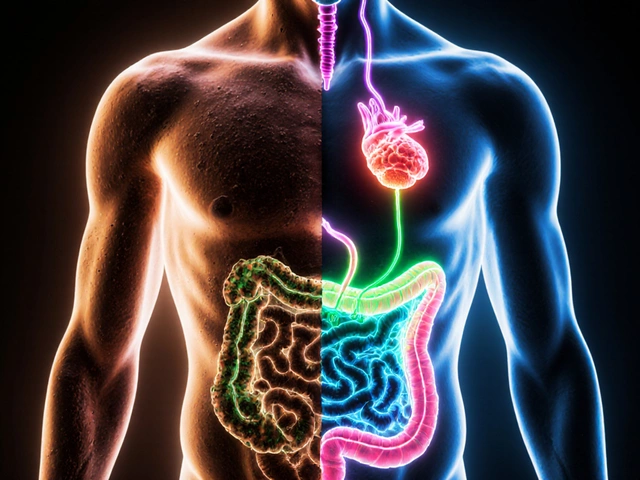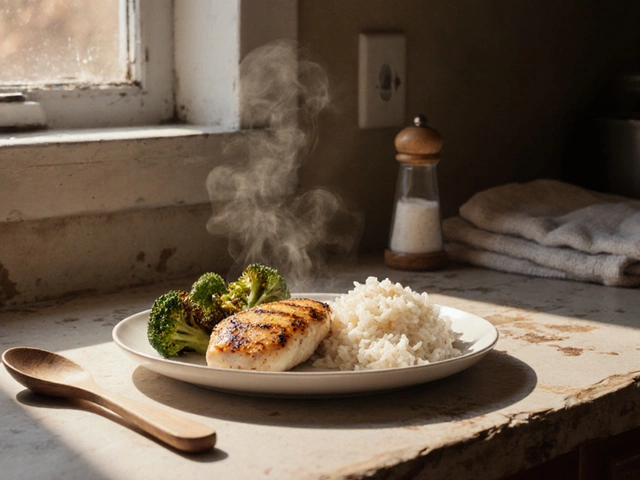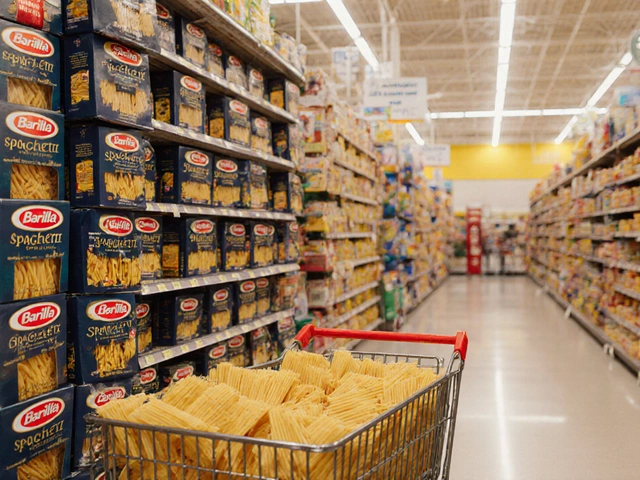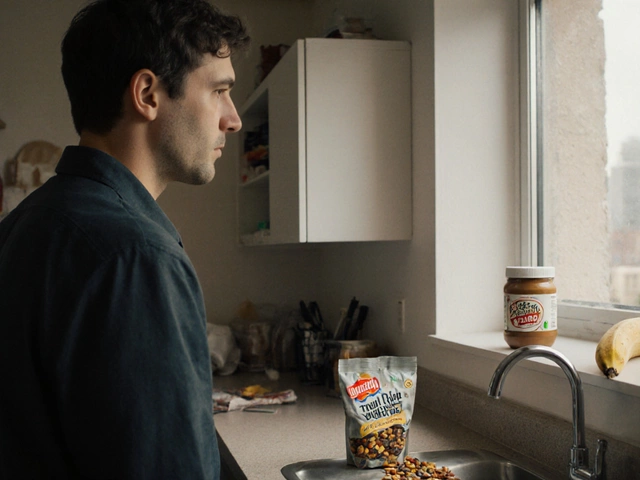Healthy Eating Tips You Can Use Right Now
If you think healthy eating means starving yourself or spending a fortune, think again. You can make small changes that add up to big results. Start by looking at what you already cook – a few swaps, a bit more veggies, and you’re on the right track.
Simple Swaps for Everyday Meals
Swap white rice for brown rice or quinoa. The change adds fiber and keeps you full longer without changing the taste too much. Try swapping heavy cream for low‑fat yogurt in curries – you keep the creaminess, cut calories, and add protein. When a recipe calls for oil, use a spray or a spoonful of water to sauté onions; the veggies stay soft and you avoid extra fat.
Another easy win is seasoning. Instead of adding salt at the end, use spices like cumin, coriander, turmeric, and garam masala while cooking. They bring flavor, support digestion, and you use less salt. If you love sauces, blend tomatoes, roasted red peppers, and a pinch of chili for a fresh, low‑sugar topping that works on pasta, rice, or grilled veggies.
Budget‑Friendly Ways to Eat Clean
Healthy food doesn’t have to break the bank. Buy seasonal produce – it’s cheaper and tastes better. Root veggies, cabbage, and carrots store well, so you can keep them on hand for soups or stir‑fries. Canned beans are a pantry staple; rinse them to cut sodium and add protein to any dish.
Plan your meals around a protein source, a grain, and veggies. Cook a big batch of lentils or chickpeas on Sunday, then mix them into salads, wraps, or curries all week. Use leftovers creatively – leftover roasted cauliflower can become a creamy soup when blended with broth and spices.
Finally, keep a snack list you can grab quickly: a handful of nuts, a piece of fruit, or a slice of whole‑grain toast with avocado. These choices stop you from reaching for chips or sugary treats and keep your energy steady throughout the day.
Healthy eating is about consistency, not perfection. Pick one swap this week, stick to it, and add another next week. Soon those small steps become habits, and you’ll notice you feel better, have more energy, and maybe even save a few pounds on groceries. Give it a try – your body and wallet will thank you.

Do Family Meals Really Make a Difference? The Real Impact on Health, Behavior, and Connection
by Landon Weathers / 8 Nov 2025Family meals aren't about perfect dinners-they're about showing up. Science shows they improve mental health, eating habits, and emotional bonds. Start with just one night a week.

Three Foods to Quit for Better Health
by Landon Weathers / 18 Jun 2025Are you wondering which foods secretly sabotage your health? This article breaks down the top three foods to quit for good health and why they’re so dangerous. You'll learn how these foods sneak into your meals, the problems they cause, and practical tips to replace them. Plus, get insight into what actually happens in your body when you cut them out. Three swaps could make eating healthy much simpler.
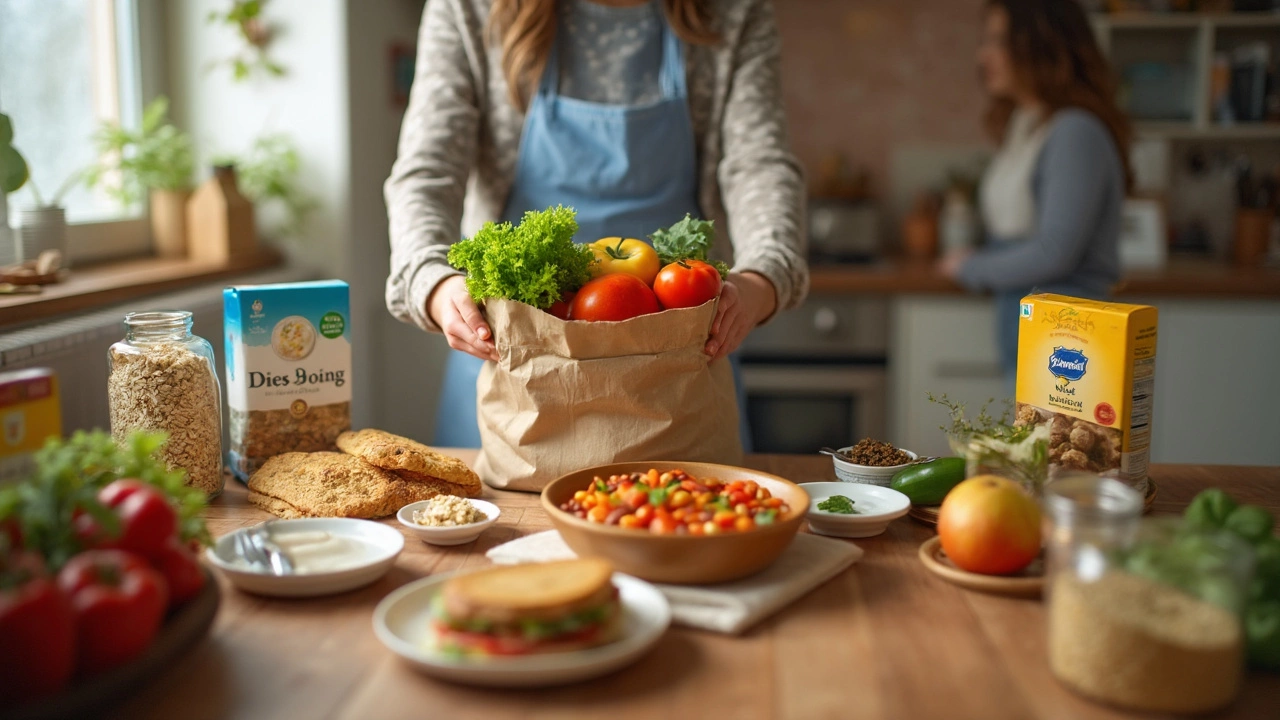
Healthiest Cheapest Food to Eat: The Real Budget Superstars
by Landon Weathers / 13 Jun 2025This article digs into the top foods that tick both the health and budget boxes. You'll find clear answers about what to actually buy if you want to stay healthy without spending much money. It covers key choices like beans, oats, and veggies, plus how to make them work in real life meals. There are facts, tips, and practical shopping advice that anyone can use. Expect straight-to-the-point info, not empty theories.

How Do Italians Eat So Much Pasta and Stay Slim?
by Landon Weathers / 4 Apr 2025Curious about why Italians can indulge in pasta and still stay in shape? This article delves into their secrets, from portion control and quality ingredients to a lifestyle full of movement. We also cover how balance and simplicity in their meals make a big difference. Explore how you can enjoy pasta like Italians without worrying about extra pounds.

Can a Vegan Diet Help You Shed Pounds?
by Landon Weathers / 17 Jan 2025A vegan diet, known for excluding all animal products, can have significant impacts on weight loss, but it's essential to understand the balance required for a healthy transition. Exploring nutrient-rich and low-calorie plant-based foods can help maintain a healthy weight while providing all essential nutrients. This article dives into the effects of a vegan diet on weight loss, including potential benefits and necessary precautions. We also share some delectable vegan recipes to assist in the journey towards a healthier lifestyle. Achieving weight loss with a vegan diet is possible with careful planning and an understanding of nutrition.
